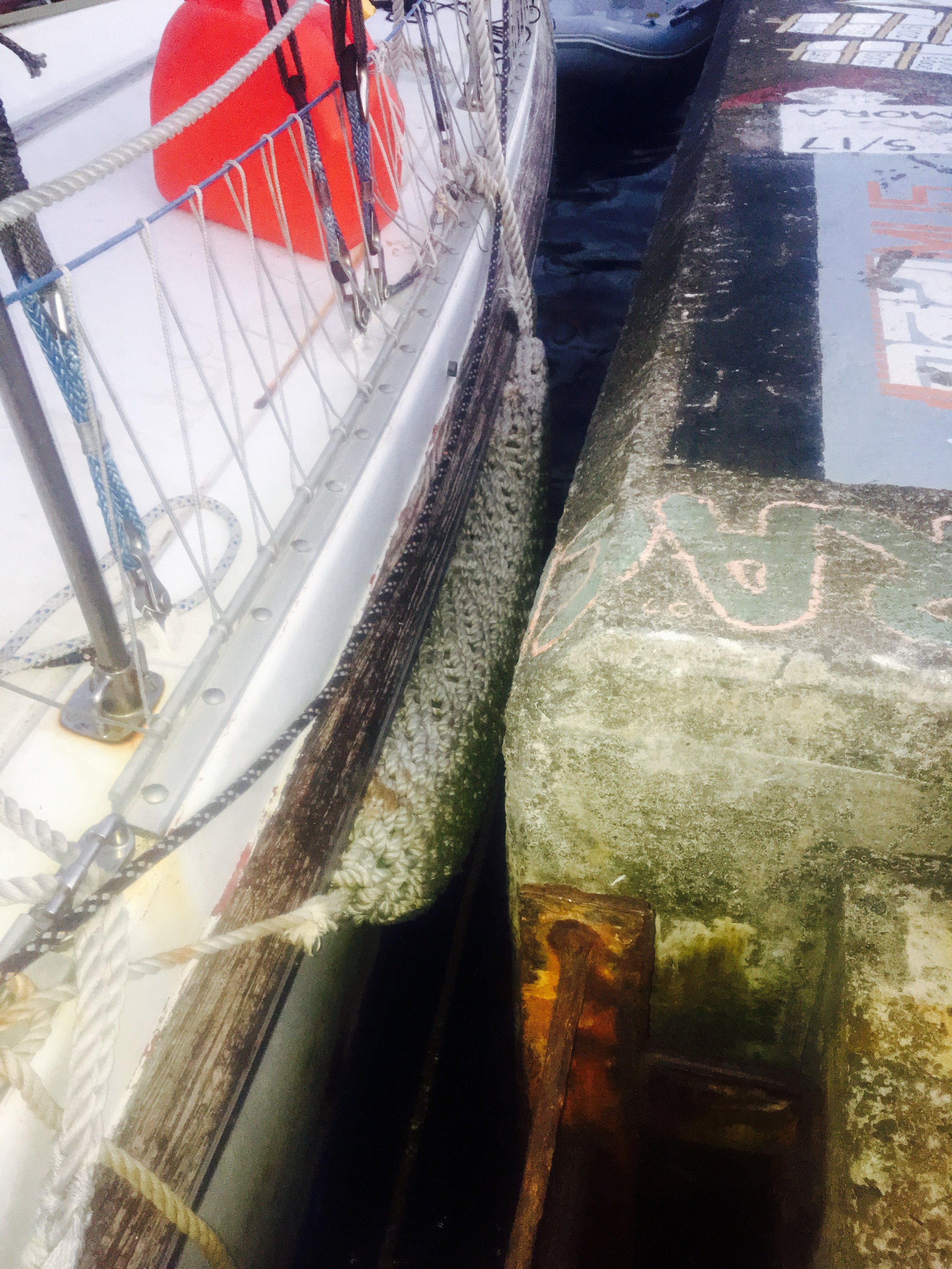There is a simple method to find the center of a low pressure system. Face the wind and hold your right arm straight out to your side, then point. You are now pointing at the center of the low pressure system that is causing the wind you are experiencing. Inversely, perpendicularly and to your left is the center of the high pressure system in your immediate area. This simple trick works in the Northern Hemisphere thanks to the Coriolis Effect. If you are in the Southern Hemisphere, this trick would work with, just using the opposite arms for the low and high.
To answer the original question, which tack will produce a change in the wind? The answer is either tack!
You can not sail directly into the wind, so you need to choose starboard tack or port tack. Port tack will have your bow facing the low pressure system that is causing the present wind, and therefore would eventually lead to more wind.
Starboard tack will have the bow facing the high pressure system that is opposing the low, eventually leading to calmer winds.
There is a way, however, to stay in exactly the same conditions, and that is to sail on an absolute dead run. Here you will simply spiral around the highs and lows without ever moving closer or farther from any of them.
When you are crossing an ocean, just remember the effects that your tack will have in a few days. Starboard tack will produce more wind, port tack will produce calmer conditions.
The giant flaw in this theory is that weather systems move, so if you sail in a straight line towards a low, it might not be there by the time you reach the spot where the center was. So, keep this in mind and be sure to keep an eye on the weather!





